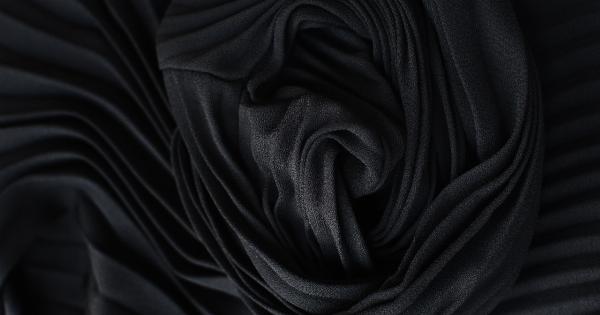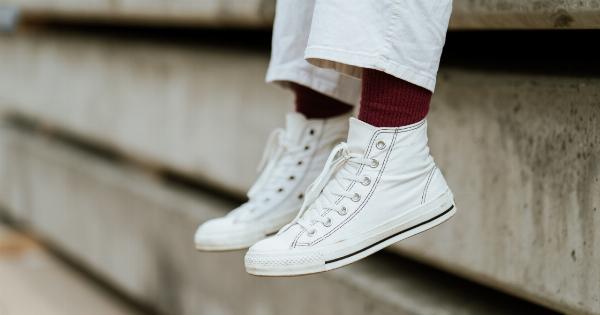Lymphedema is a chronic condition that occurs when the lymphatic system is damaged or blocked, causing excessive accumulation of lymphatic fluid in the tissues. Lymphedema can occur in any part of the body, but it commonly affects the arms and legs.
A comprehensive treatment approach to lymphedema management includes several modalities, with physiotherapy playing a significant role in reducing the symptoms and improving the quality of life of patients with lymphedema. In this article, we will discuss the physiotherapy treatment options available for lymphedema patients.
Manual Lymphatic Drainage (MLD)
MLD is a gentle, non-invasive, and proactive treatment technique that stimulates the lymphatic system to improve lymphatic fluid flow.
MLD involves a series of gentle, rhythmic massage movements that are applied to the lymph nodes, lymph ducts, and lymphatic vessels of the affected limb. MLD improves lymphatic function by increasing lymphatic fluid movement, reducing swelling, and improving the immune system’s ability to remove toxins from the body.
Compression Therapy
Compression therapy is another essential treatment method in lymphedema therapy. Compression garments such as bandages, stockings, or sleeves are worn over the affected area to compress the underlying tissues and promote lymphatic fluid flow.
Compression garments help to maintain the reduction of swelling achieved through MLD.
Exercise Therapy
A customized exercise program designed by a specialized physiotherapist can also help improve lymphedema symptoms. Exercise improves lymphatic fluid movement by activating and squeezing the lymphatic vessels.
Patients with lymphedema need to participate in regular physical activity to maintain lymphatic function and reduce swelling. The program should be tailored to individual abilities and comfort levels.
Education and Self-Care
A critical component of physiotherapy for lymphedema is patient education and self-care. Patients can learn how to take care of their affected limb and skin to reduce the risk of infection.
Educating patients about a healthy lifestyle, including diet, exercise, and weight management, can also improve lymphatic function. Patients can also learn about various techniques for relieving swelling, including self-MLD, compression bandaging, and positioning.
Kinesio Taping
Kinesio Taping is a relatively new technique that involves applying specialized tape to the skin to stimulate lymphatic fluid flow.
Kinesio Taping can be used in combination with other forms of physiotherapy, such as MLD and compression therapy, to enhance their effectiveness.
Laser Therapy
Low-level laser therapy (LLLT), also known as cold laser therapy, is a non-invasive treatment method that uses low-power lasers to stimulate lymphatic fluids’ flow.
LLLT improves lymphatic function by activating the lymphatic vessels and promoting lymphatic fluid movement. LLLT is typically painless, safe, and involves a series of treatments.
Acupuncture
Acupuncture is a traditional Chinese medicine that involves inserting tiny needles into the skin’s surface to stimulate specific points on the body.
Acupuncture can be used to alleviate pain, reduce swelling, and improve blood and lymphatic fluid flow. Research supports acupuncture as an effective treatment for lymphedema.
Conclusion
Physiotherapy plays a vital role in the comprehensive management of lymphedema.
A multifaceted approach to lymphedema therapy that includes MLD, compression therapy, exercise, education, and self-care can help reduce the symptoms associated with the condition. Other adjunctive therapies such as kinesio taping, laser therapy, and acupuncture can enhance the effectiveness of physiotherapy.
Early intervention, specialized physiotherapy, and patient education can improve a patient’s quality of life, decrease potential complications, and minimize the impact of lymphedema on the patient’s daily life.



























